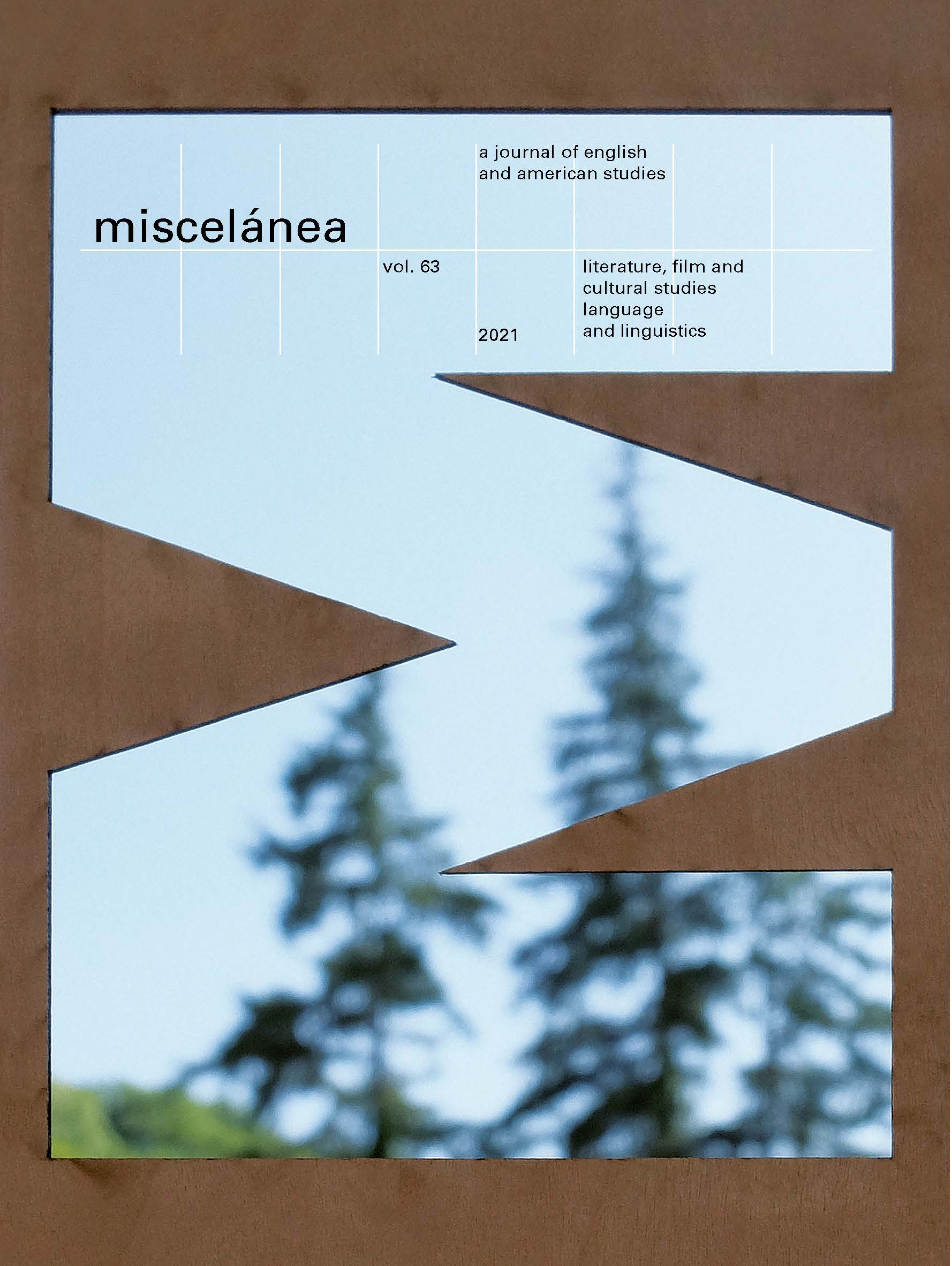Deconstruyendo la representación textual de los padres en el libro álbum de fantasía One Dad, Two Dads, Brown Dad, Blue Dads (1994)
DOI:
https://doi.org/10.26754/ojs_misc/mj.20215861Palabras clave:
libros ilustrados, multimodalidad, gramática sistémica funcional, familias con dos padresResumen
Este artículo tiene como objetivo explorar las elecciones lingüísticas y visuales utilizadas por el escritor y el ilustrador con el fin de crear significados en el libro ilustrado donde aparece una familia gay One Dad, Two Dads, Brown Dad, Blue Dads (1994), escrito por Johnny Valentine e ilustrado por Melody Sarecky. Las herramientas analíticas empleadas en este estudio son la Semiótica Social Visual de Kress y van Leeuwen (2006) y el modelo de Painter et al. (2013) para leer narrativas visuales en libros álbum con el fin de deconstruir significados en el libro ilustrado mencionado. El análisis se centrará en la función textual y composicional para observar la relación intersemiótica entre los significados verbales y visuales y sus realizaciones a través de diversos modos lingüísticos y visuales. La metodología es cualitativa-descriptiva. One Dad, Two Dads, Brown Dad, Blue Dads revela que tanto las imágenes como el texto escrito narran la historia, aunque es lo visual lo que tiene un papel predominante en la página debido a su tamaño, la ubicación de los personajes y los marcos. El análisis muestra que se trata de un libro ilustrado en el que tener dos padres se representa como no normalizado, aunque realizan sus actividades familiares de manera esperada pues hacen las mismas cosas que el resto de los padres.
Descargas
Descargas
Publicado
Número
Sección
Licencia
Derechos de autor 2021 Miscelánea: A Journal of English and American Studies

Esta obra está bajo una licencia internacional Creative Commons Atribución-NoComercial 4.0.


